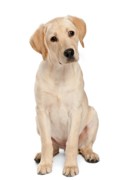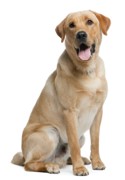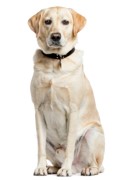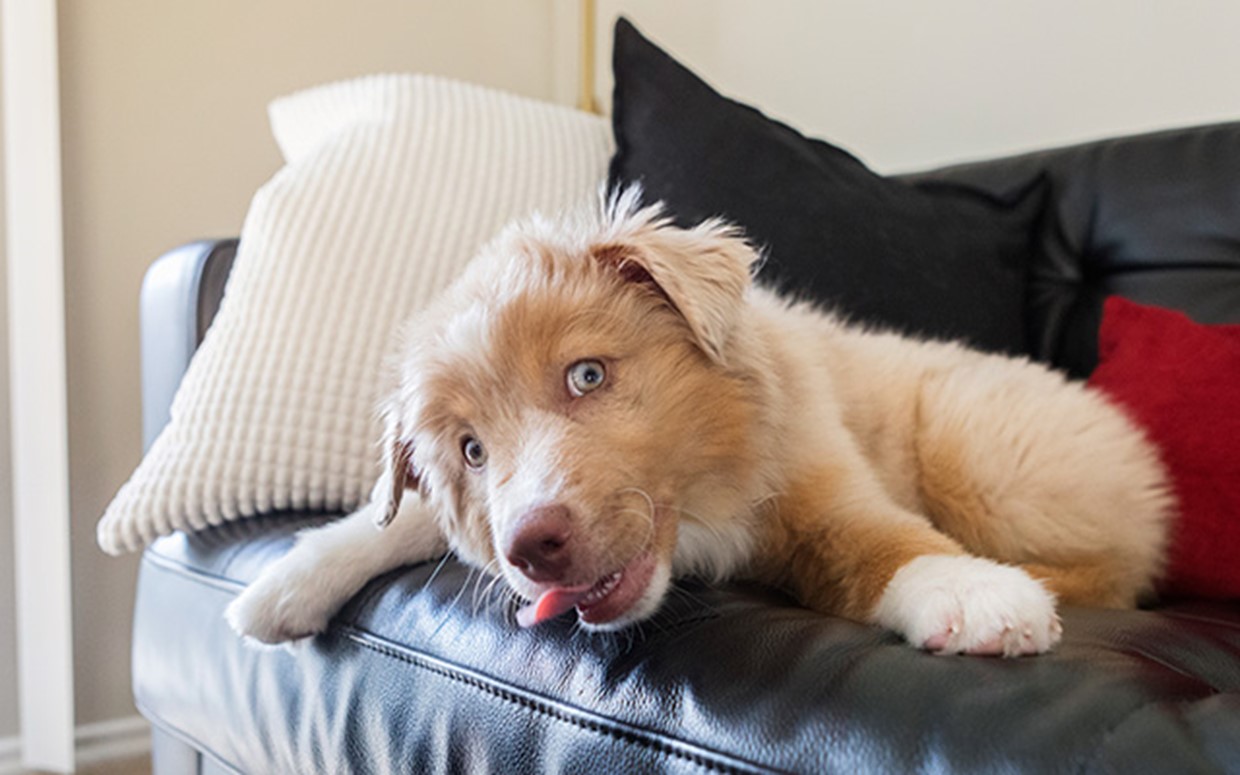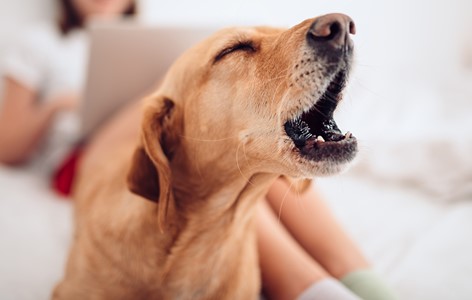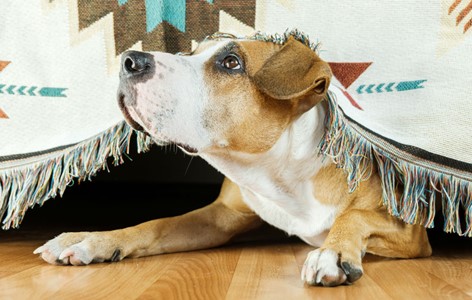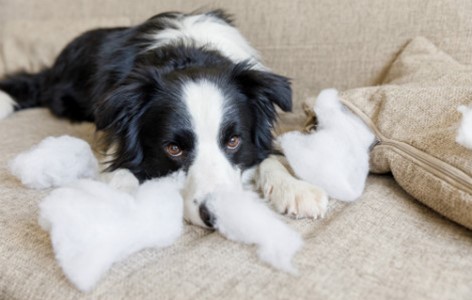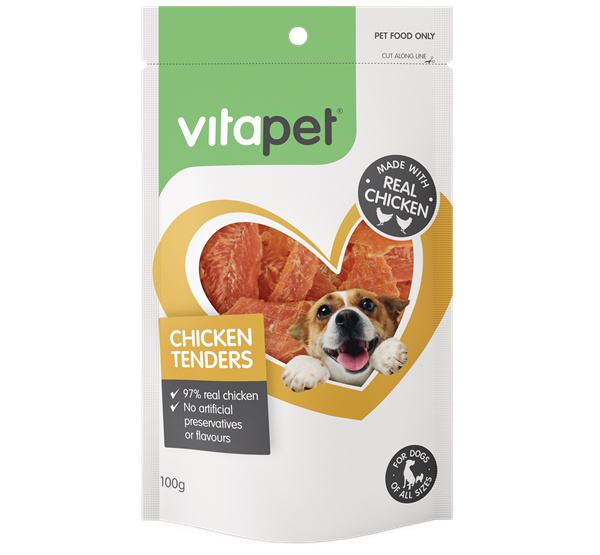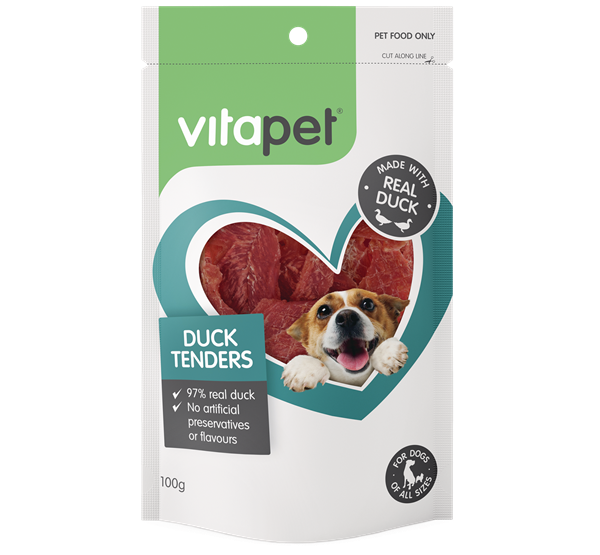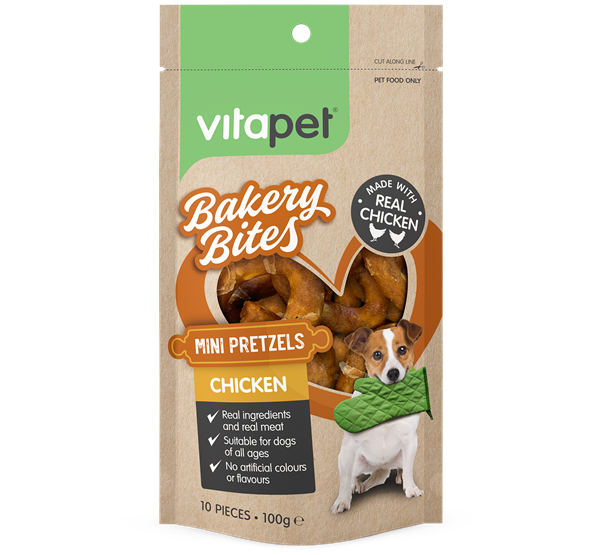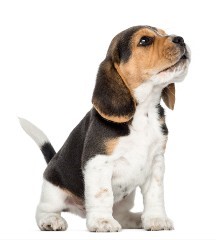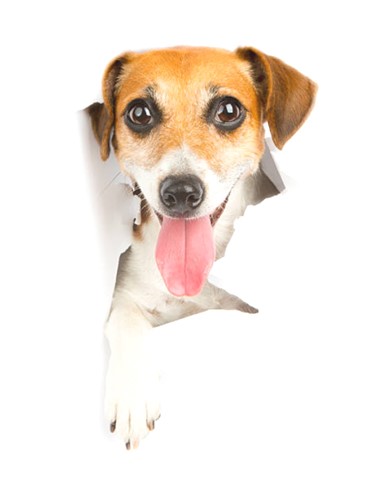Licking is a normal and instinctual behaviour for dogs. They lick themselves, their toys, chew treats, their food bowls and even us! Mothers lick their young puppies during bonding, to clean them and to encourage them to go to the toilet.
While some licking is normal, excessive licking can be problematic and could be a symptom of an underlying health or behavioural issue.
Why do dogs lick?
Licking is an important behaviour for dogs and part of how they groom themselves, each other and their young. Dogs lick people during greetings and bonding, to express their affection.
Some dogs may have learnt that licking people results in something positive, such as being patted.
Have you ever had a dog lick your hand and then you subconsciously gave them a pat in response? It doesn’t take long for dogs to learn that if they want a pat, they just need to lick a hand.
Dogs sometimes lick people because we taste good. Our skin can have traces of salt, especially after exercise. Hands, arms and legs are the most common areas dogs lick. They may also lick your face, especially if they smell traces of something you recently ate. Besides licking us, some dogs enjoy licking objects, such as their toys.
Although some licking is completely normal, excessive licking could indicate an underlying health or behavioural issue, such as a skin allergy or separation anxiety.
What are the signs of excessive licking?
If you’re concerned your dog might be licking excessively, here are some signs to look for:
- Frequent bouts of licking, lasting longer than a few seconds
- Licking that interferes with your dog’s usual daily activities
- Licking unusual objects, such as furniture, the floor, or the walls
- Signs of anxiety, including destructive scratching or chewing, panting, pacing and barking or whining at the same time as the licking
How to Reduce Excessive Licking
Excessive licking can be a learned behaviour however, more often than not, it’s a self-soothing behaviour because it releases endorphins which have a calming effect on dogs. Reducing excessive licking involves identifying and addressing the likely cause.
The following strategies can be effective in helping to reduce excessive licking in dogs:
- Provide an appropriate outlet for licking. Some dogs just love to lick! You can help reduce problem licking by providing your dog with an appropriate outlet for the behaviour. Feeding your dog treats and meals in lick mats and food puzzle toys is a great way to do this.
- Ignore your dog when they lick you excessively. Sometimes we accidently teach dogs that ‘when you lick me, I will pat you’. If they enjoy pats, they will keep licking in attempt to get a pat. Instead, wait for your dog to stop licking before you pat them again, then you’re rewarding the absence of licking with a pat.
- Identify and reduce any source of stress or anxiety. Excessive licking can be a coping mechanism for stress and anxiety, especially separation anxiety. Try to alleviate stress and anxiety by teaching your dog to cope with separation and incorporate daily exercise and enrichment to help reduce stress and anxiety.
Licking is a normal behaviour for dogs. If your dog’s licking is annoying, these tips should help you reduce it.
However, if you suspect your dog’s licking is excessive it could be the result of underlying stress, anxiety or a health issue such as an allergy. Consult a veterinarian to discuss treatment options.







